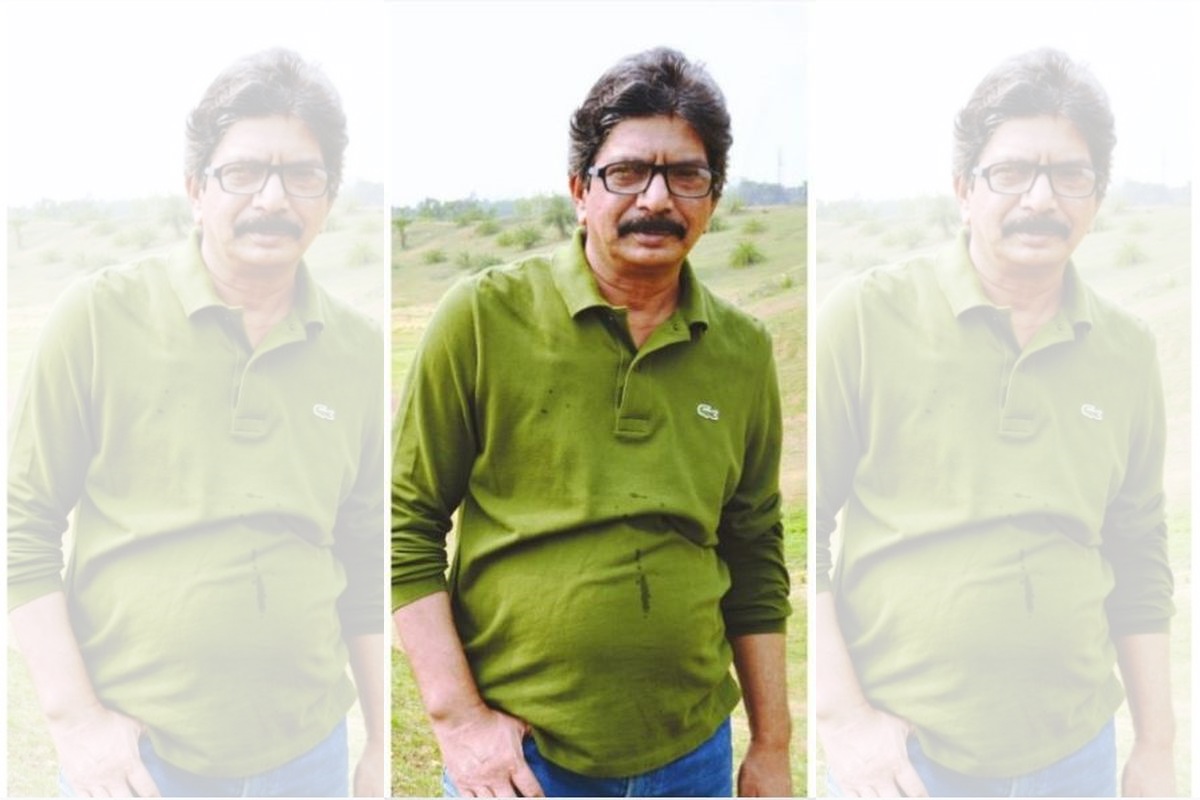City witnesses painting, hand scrolls of artist Benodebehari
A unique exhibition on Scenes from Santiniketan and Benodebehari’s hand scrolls was inaugurated in the city on Saturday.
Debut director Nirmal Chakraborty is adapting Sarat Chandra Chattopadhyays Datta to the silver screen. In this candid conversation, he speaks about the period films conception, importance of workshops and Santiniketan as a backdrop.

( Statesman News Service)
Everyone in the Bengali film industry knows Nirmal Chakraborty. He is gregarious by nature and for years, has been a professional photographer and personal secretary to Bengali cinema’s leading female star, Rituparna Sengupta. His love for cinema has driven him to step into a different world —direction. Chakraborty is about to wrap up the shooting of his first film, Datta, a celluloid adaptation of one of the most popular love stories by Sarat Chandra Chatterjee, which has all the ingredients of a mainstream film. Excerpts from an interview:
You have been a photographer, personal secretary and public relations man for many years. Why direction all of a sudden?
It wasn’t sudden. I fell in love with cinema from my college days. I was a cine buff and would hardly miss a film at the Sunday morning shows at Metro. Then, I became a member of the East Calcutta Cine Club and I got the opportunity to watch European films every Sunday at the Entally cinema. By the time I stepped into the Bengali film industry, I had fallen in love with cinema and watched all films by Ray, Ghatak and almost every noted filmmaker in Bengal.
Advertisement
My desire to direct a film dates back 10 years but it could not happen at that time. Then around two years ago, I took the decision to direct and Rituparna Sengupta encouraged me right through.
Why did you choose Datta as your directorial debut?
Initially, I wanted to make a film on my own concept and developed a storyline and decided on the cast. Then, I felt for my first film, I should take a literary piece from a famous author because the Bengali audience still finds literature an important source. Sarat Chandra Chattopadhyay’s works have not been made into films in Bengali for quite some time. So, I ordered a copy and read the novel twice followed by research.
Chattopadhyay began writing Datta in 1918 and finished it in 1919. I felt I would be able to release the film in 2019 as this year marks the centenary of the novel.
Why Dattaparticularly among so many novels of Sarat Chandra Chattopadhyay?
I felt this story lends itself well to the cinema format. Once the first draft of the script was ready, Rituparna, Sumitro Banerjee and I had a reading to decide on how the story would flow and what changes would benefit the film. We also wanted to stick to the period flavour of the story and that demanded close attention to detailing, costumes, décor and so on. Sabarni Das was chosen for the costumes and she has done an excellent job.
Tell us a bit about the casting
Rituparna was a foregone conclusion as we all agreed she was ideal for the character of Bijoya, who is an educated woman from an affluent and aristocratic Brahmo family. Bijoya is the spine of the story. We picked Joy Sengupta to play Naren, Firdous of Bangladesh as Bilash Bihari, Biswajit Chakraborty for Rashbehari and Devina Kumar to play Nalini. We took photographs of the main characters in full costume to check out the accuracy and the moulds. The boy who has acted as Paresh was picked after a long search.
Have you made any changes to the original story?
Other than some minor improvisations, which were needed for the cinematic adaptation, I have not made any changes.
Why did you choose Santiniketan as the backdrop?
Santiniketan is ideal to establish the village ambience of the novel. We also wanted to shoot in a beautiful heritage palace but it was not available at the time. Besides, Santiniketan is quite shooting-friendly and a beautiful location for this period film.
What role does music play in your film?
The songs have been chosen considering the period and social backdrop the story reflects. We have used three Tagore songs and one Rajanikanta number. The background score is yet to be done.
How much freedom do you give to your actors?
I am working with outstanding actors who know exactly what to do. They are aware that the Bengali audience is familiar with the original novel. So, I have given them the freedom to explore their characters and I am quite happy with their work.
Do you believe in workshops?
I do believe in workshops but I also believe that workshops should not be confined to the acting cast alone. I strongly believe that a workshop, in the true sense of the term, means sitting with the entire cast and crew beginning with the director, through the script writer, cinematographer, chief assistant director, costume designer, art director, make-up artists and the main cast. I do not find any sense in conducting workshops only with actors. The producer (the banner is Rituparna Sengupta’s Bhabna Aaaj O Kaal) has given me complete freedom to make the film.
Is there any conflict between you as photographer and director?
Photography is not just my profession but my passion also and it will remain so. Public relations and secretarial work can take a backseat if direction works well for me. The audience response to Datta will help me decide.
Advertisement